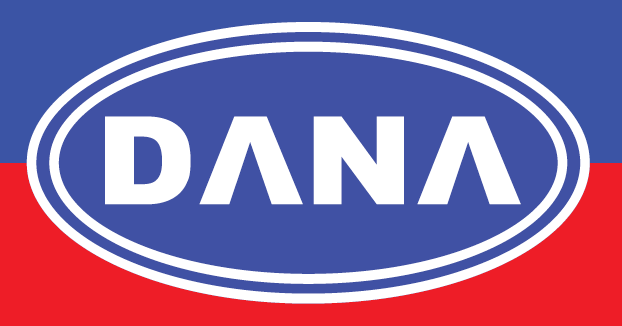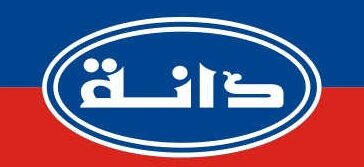HYDRAULIC OIL & System Performance
Hydraulic Oil is medium through which power is transmitted in hydraulic machinery .Hydraulic Oil is used in equipments like excavators , cranes, forklifts ,lifts ,industrial machinery , power steering systems ,transmissions . Hydraulic Fluid has great impact on system performance. ISO International Organization for Standardization ( ISO )has set standards to distinguish between hydraulic oil based on properties like Viscosity , Operating Temperature Range .
Hydraulic Oil ISO 32/46/68/100/150/220/320/460/680/1000/1500
Type of Hydraulic Fluids
– Mineral Oil Based Hydraulic Fluids( HH / HL/HM Fluids )
-Fire Resistant Fluids
-Environmental Acceptable Hydraulic Fluid
Environmental Hydraulic Oil has superior anti-wear and film strength properties and is ideal for use under high load and high pressure conditions. It is multi-metal compatible and protects against corrosion and rust. It is suitable for use wherever there’s an inherent risk of leaks or spills as Non-toxic product is readily biodegradable .
Fire Resistant Hydraulic Fluids reduces hazard in case of leakage under high pressure system .Even though most oil-based hydraulic fluids have relatively high flash/fire points (>300° F), small leaks in a high-pressure system can produce a finely atomized spray that can travel significant distances. Synthetic fluids initially contained phosphate esters, which are reaction products between phosphoric acid and aromatic ring-structure alcohols called esters . These fluids are extremely fire resistant and have widespread industrial use, as well as military and aircraft service. However, their popularity has declined because of environmental, cost, and compatibility factors.
The other type of synthetic fluids in use are synthetic hydrocarbons, more specifically, polyol esters. These fluids are the reaction products between long-chain fatty acids (derived from animal and vegetable fats) and synthesized organic alcohols. These products contain additives to impart anti-wear properties, corrosion protection, and viscosity modification. Fire resistance results from a combination of high thermal properties and physical characteristics. This is the most recent category of FRHFs and has gained widespread and growing use.
Non toxic and readily biodegradable Fluids will further expand the need to replace oil-based hydraulic fluids.
Comparison between HH/ HL/ HM Hydraulic Fluids
Type HH hydraulic Fluids are made from refined mineral oils with no additives . They are used in simple operations like Manual pumps , jack systems and low pressure applications . They are now not much used because of inability to operate at higher temperature and provides limited lubrication only. Type HL fluids are most commonly used as they have additives for antioxidants , rust inhibitors for providing extra protection and is mainly used in piston pump applications . HM Fluid is a type of HL Fluid with anti-wear properties due to additional phosphorus , zinc and sulphur .
Pump Efficiency is also dependent on Hydraulic Oil . Flow losses in pump depends on factors like viscosity of the fluid , pressure difference .
Viscosity Index
Higher the VI of oils , more stable the fluid is . If VI of fluid is very low , the viscosity of fluid becomes very high at low temperatures . During high working temperatures, if VI is low, the fluid becomes thin and wear occurs especially in pumps and motors. By adding VI improvers the anti-wear properties of the fluid can be improved. Standard to use test method is ASTM D2270 . Only limitation of this methd is that it can be used to calculate the viscosity index of the fluids where the kinematic viscosity is above 2 cSt at 100°C.
Bulk modulus (β) It is defined as the substance resistance to uniform compression or in simple terms it is also understood as change in volume by change in pressure. The hydraulic fluids require low compressibility that means high bulk modulus which is useful for high pressure transmission and low power losses. The fluid with low bulk modulus acts as damping material for hydraulic system, but for poor bulk modulus the line sizes should be increased to compensate for the lower stiffness.[8] The SI unit of bulk modulus is Pascal (Pa) = N/m2
VISCOSITY – TEMPERATURE CHART FOR HYDRAULIC OIL
Viscosity and its relation with temperature is of great importance .Viscosity changes with temperature shall be controlled . In the Viscosity- Temperature Chart . Kinematic Viscosities at 40 C and 100C is measured using Ubbelohde Viscometer which is widely used in other International Standards like ISO3104 , ISO3105 , ASTM D446 ,BS188,IP-71.
TOW Method ( Temperature Operating Window Method ) for viscosity selection
The most common method for selecting hydraulic fluid is Temperature Operating Window or TOW method. Based on experimental results majority of the pumps and motors provided satisfactory performance with a minimum of 13 cSt under operating conditions and maximum of 860 cSt during start –up of the system. The below fig is based on calculated temperature for the mid range ISO VG (between 13 cSt to 860 cSt) at 100 VI.


